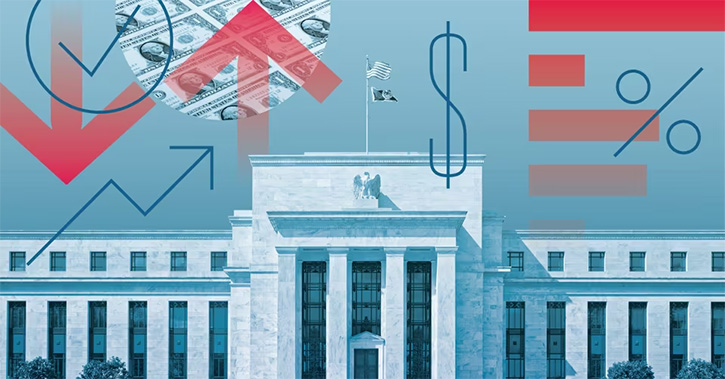Stronger wage growth in the US is set to translate into higher labour costs and increased inflation, bringing pressure for tighter monetary policy from the Federal Reserve. Signs of accelerating wage growth have raised questions about the possible effect of higher wages on inflation and prompted concerns that this could result in tighter monetary policy sooner than currently expected. Empirical analysis finds little evidence of a causal relationship between wage growth and inflation but there is a link between the two and it is largely to do with the effect of productivity.
Higher wages are undoubtedly good for all if backed by higher productivity, but it is unit wage costs – the cost a firm faces to produce one unit of output – which influence inflation in the near term. When higher real wages are not matched by increased productivity, unit wage costs rise and force businesses to raise prices, or face a squeeze on their profit margins. Consequently, we need to look at the combination of wages and productivity to gauge the effect on inflation through unit wage costs.
Productivity trends have not been encouraging in recent years, with output per hour decelerating to less than 1% per annum in the past three years. There are two key explanations as to why this has occurred. Firstly, it would seem that the boost from the ‘new economy’ as the internet took off in the Nineties has now faded and recent developments may not prove as ground breaking. Secondly, much capital was wasted during the housing boom of the last decade, which was fuelled by sub-prime borrowing and bank leverage rather than increased capital investments.
Arguably this effect will work its way through and as companies begin to invest again, productivity will pick up, enhanced by the latest new technology. Alternatively, a more cautious banking sector will inhibit the funding of new investment and/or companies will remain risk averse such that capital spending does not pick up sufficiently to boost output-per-worker.
On balance then, the outlook over the next one to two years is for productivity growth to remain relatively subdued, such that a pick-up in wages and worker compensation will result in higher unit labour costs and add to inflationary pressure. The Federal Reserve may well be able to tolerate some uptick in inflation but the longer it leaves policy loose as the labour market tightens, the more likely it is that costs and prices accelerate further in 2016. In the near term, none of these arguments will be resolved, but we would be looking for a change in tone from the Fed at their September meeting. There may be an earlier hint at Jackson Hole, expected in the third week August. In the meantime, we should worry about wages, but worry more about productivity.



























